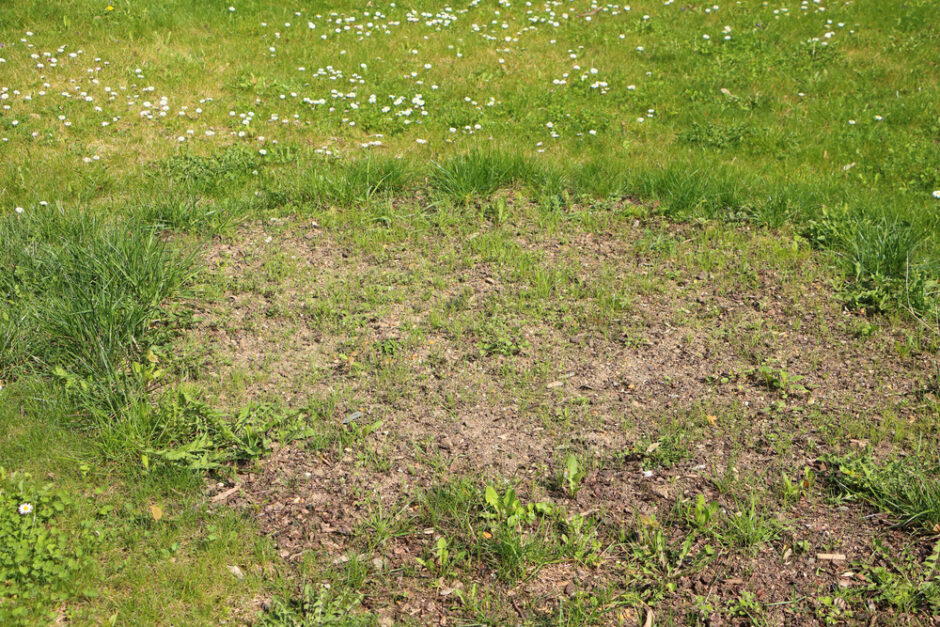Grass Cutting Heights
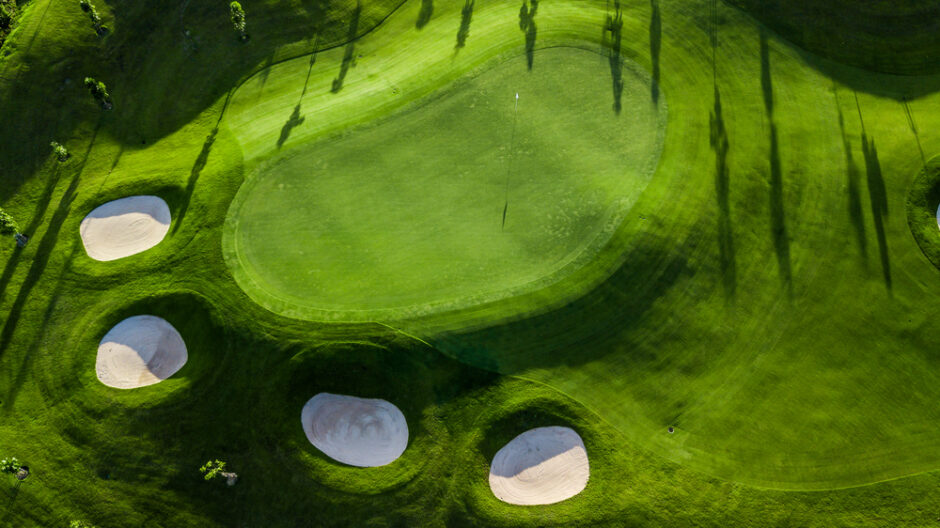
Golf Greens
When you look at a Golf or Bowling Green, it is easy to understand the desire that some people might have to imitate them in their own lawns.
But the simple truth about lawns is that there are a few different types of grass that are commonly used to create lawns with different characteristics.
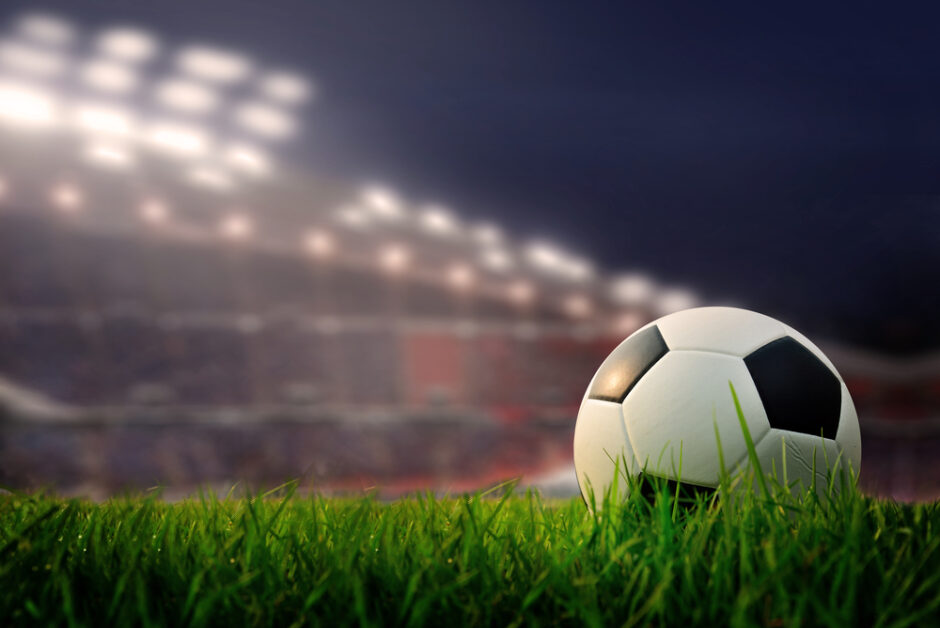
Football Pitches
.
Compare the Golf Green with a Football pitch and there is a very noticeable difference. The Golf Green is made up of tightly knit, fine textured, fine leafed grasses which are cut extremely low. They are easily able to tolerate this harsh treatment, and in most cases are cut nearly every day. Left uncut, they form dense hummocks of fine leaves, maybe 15 – 20 Cms high.
The Football Pitch on the other hand is made up of taller grasses – grasses which grow quickly and are therefore capable of ‘repairing’ the skid marks and extreme wear that they must endure with 22 players battling it out at the same time. However they are coarser grasses than those in the Golf Green, and as such they can’t tolerate being cut too low on a regular basis, needing a few Cms of leaf to maintain growth. But left uncut these coarser grasses will become knee-high in some cases.
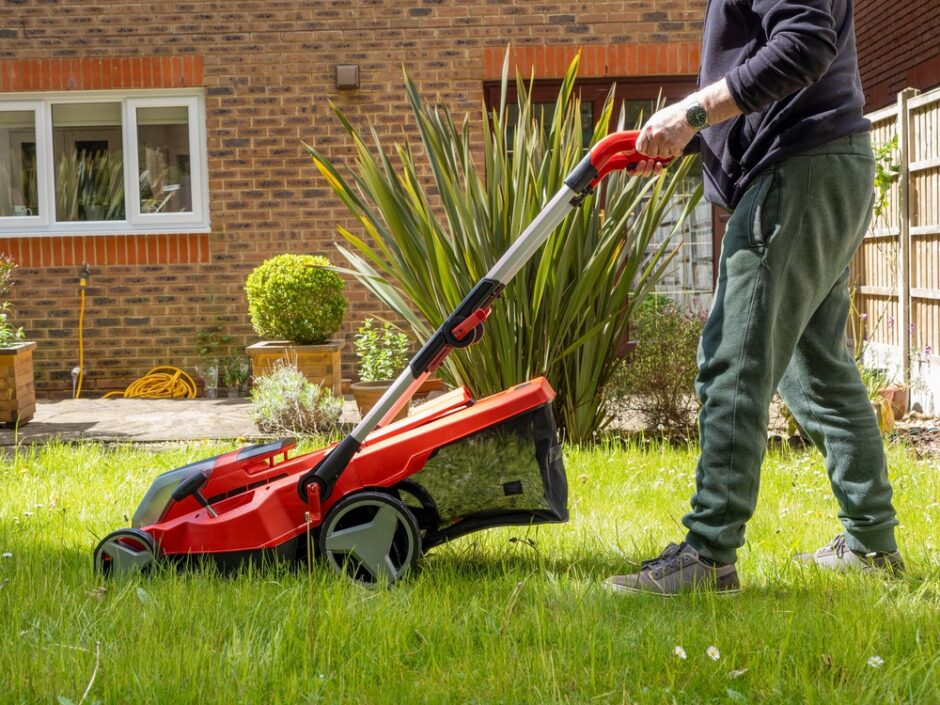
A Domestic Lawn
Once again, the purpose and usage characteristics for a Domestic Lawn are different to the previous two types of Lawns, but it probably has more in common with the Football Pitch. In many cases it must cope with periodic excessive wear, erratic maintenance, or be that perfect backdrop that shows off the rest of the garden. But left uncut, they too will probably exceed 30/35 Cms in height.
So what do these different Grasses look like? After all, Grass is Grass, right ?
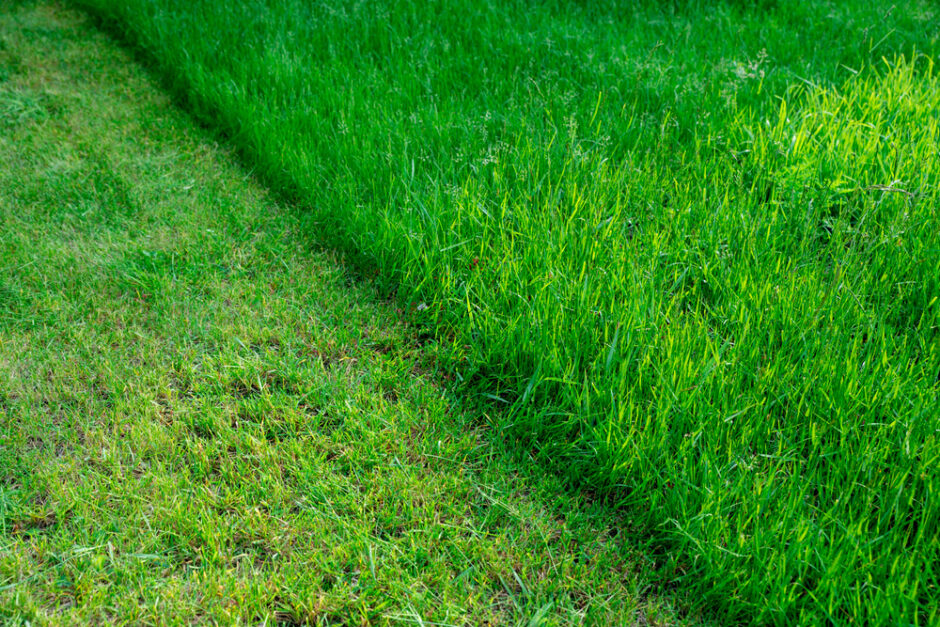
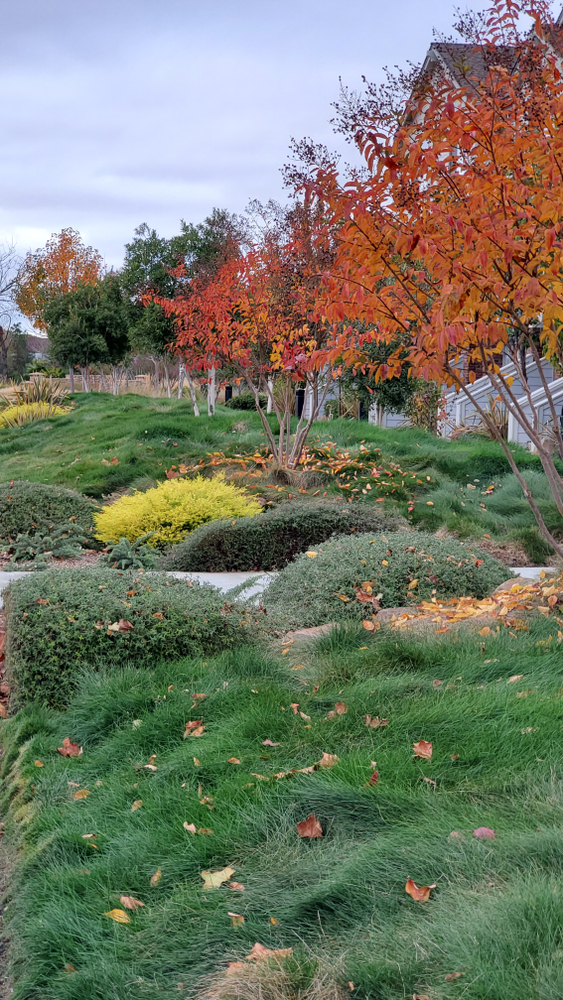
Fescue Grass
Where the Golf Greens and Bowling Greens are concerned, commonly only two grasses are used, Fescues and Bent.
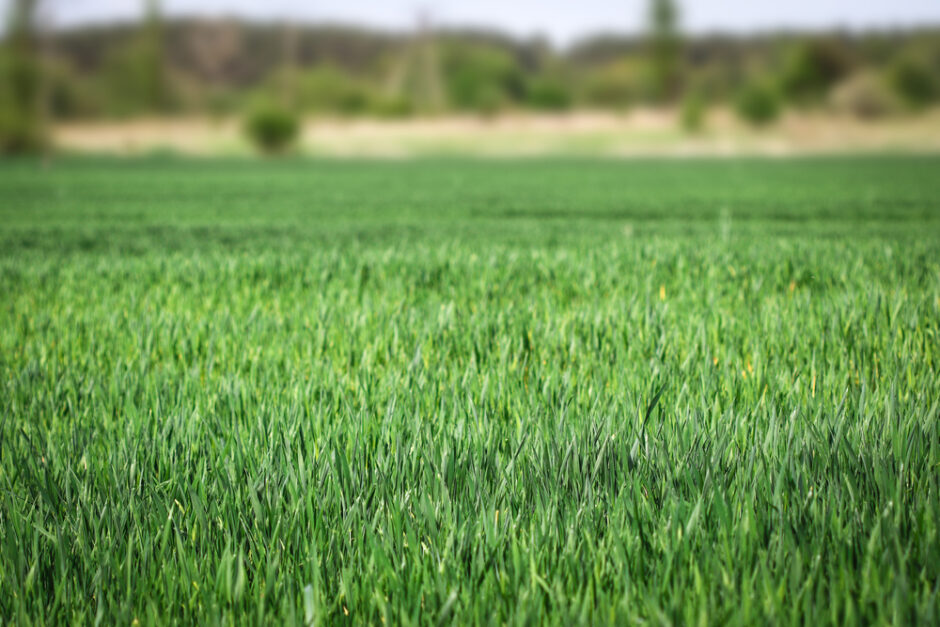
Rye Grass
Similarly, there are mostly only two types of Grass used in Football Pitches –
Rye Grass and Smooth Stalk Meadow Grass.
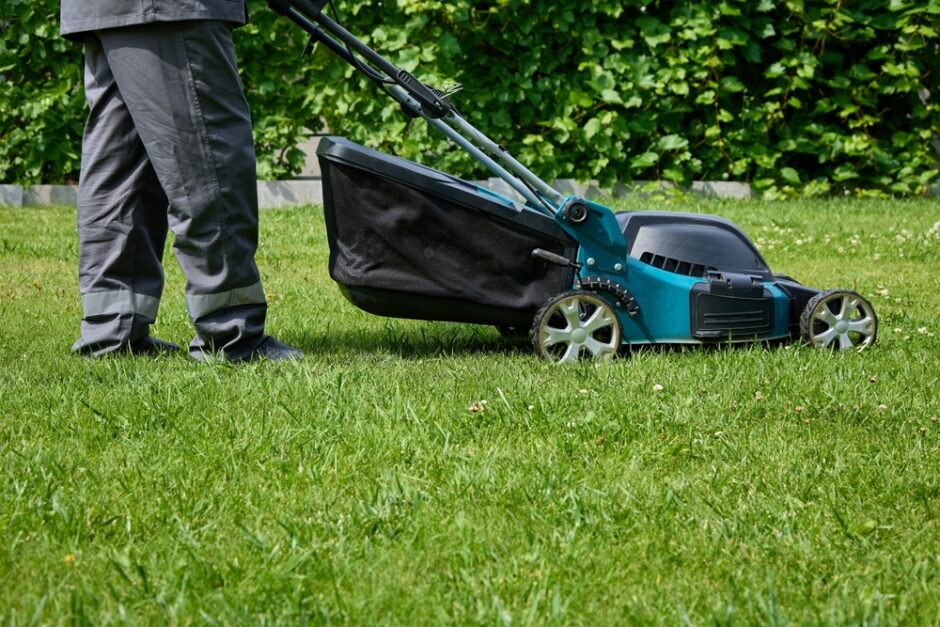
Domestic Lawns
Where a domestic lawn is concerned, it is likely to have two or three types of grass, which will probably include Rye Grass and Fescue.
